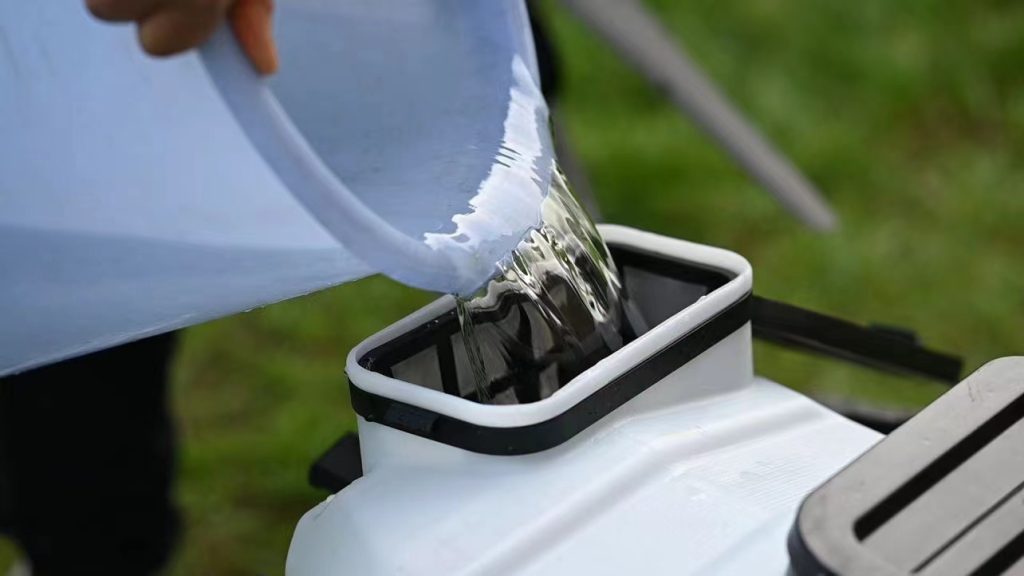
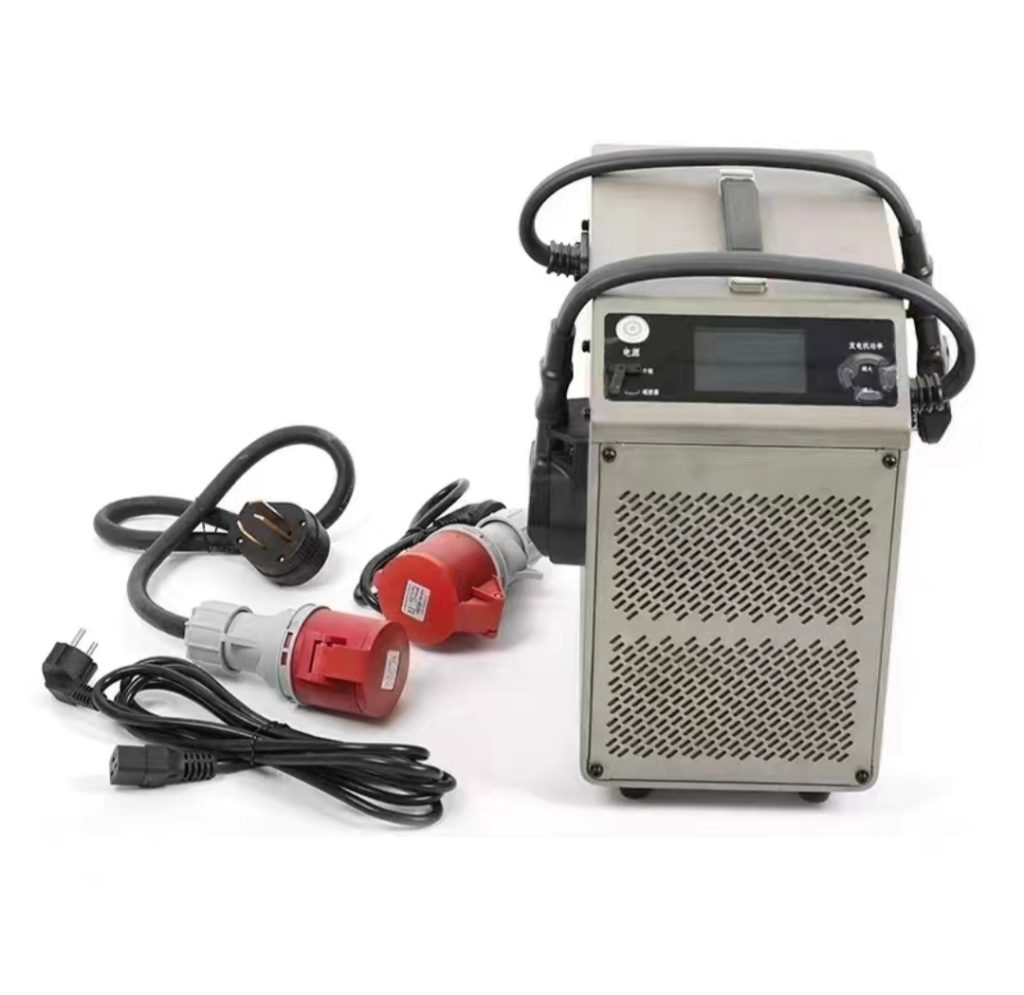
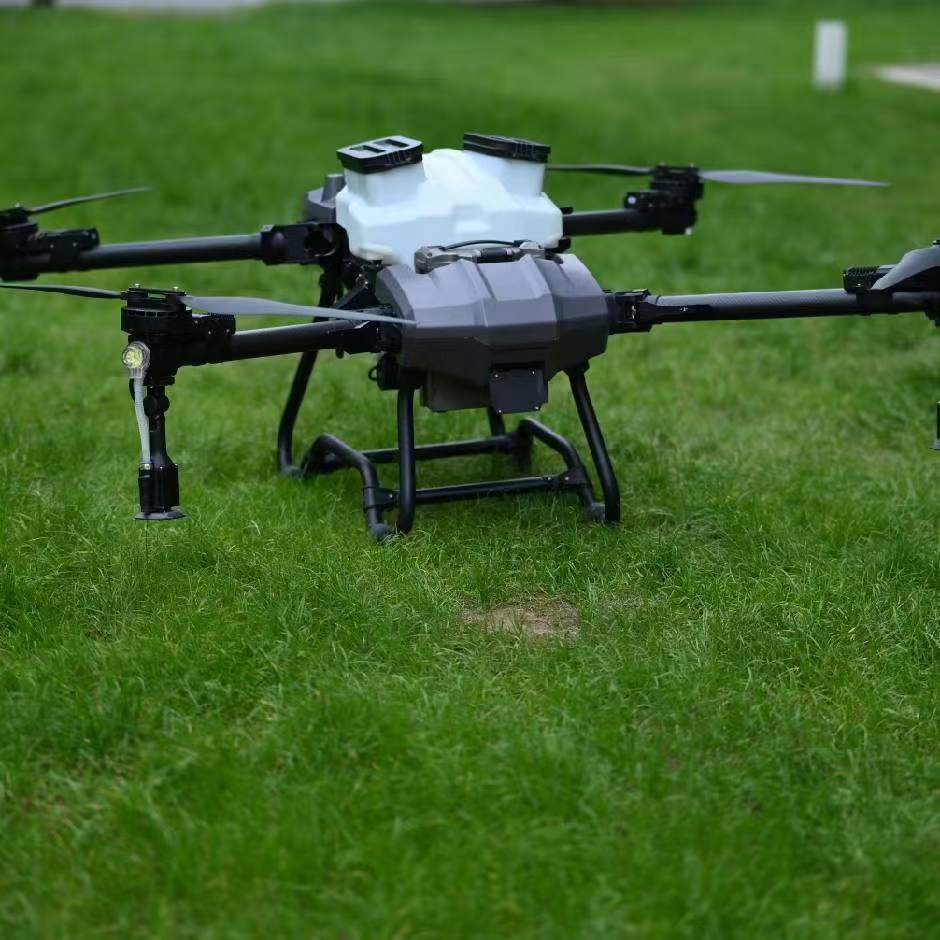

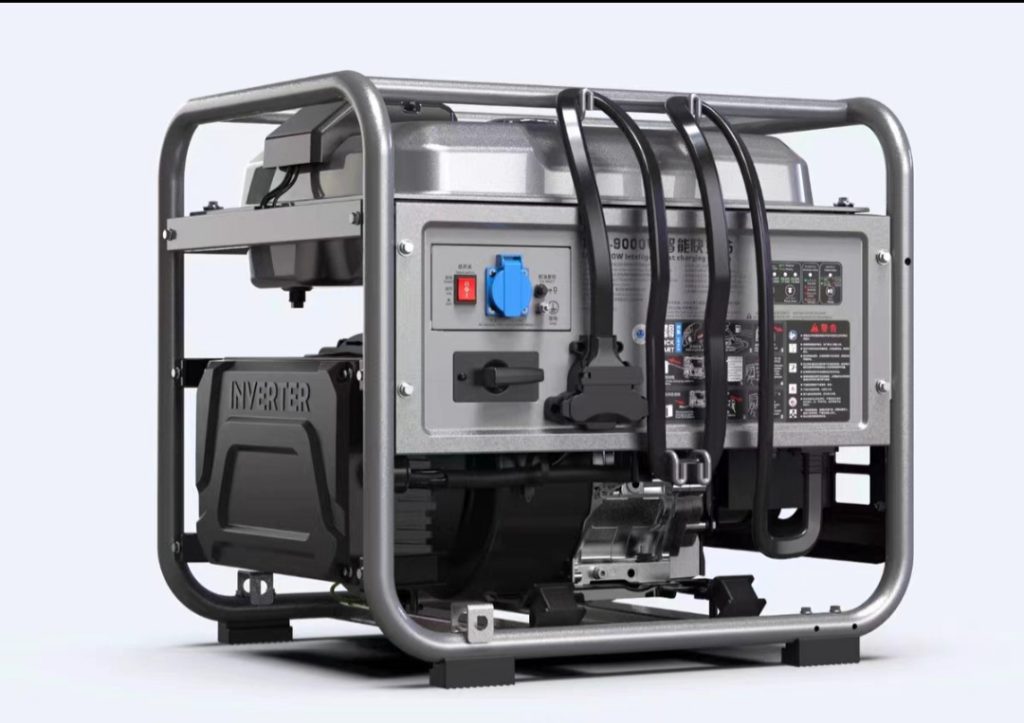
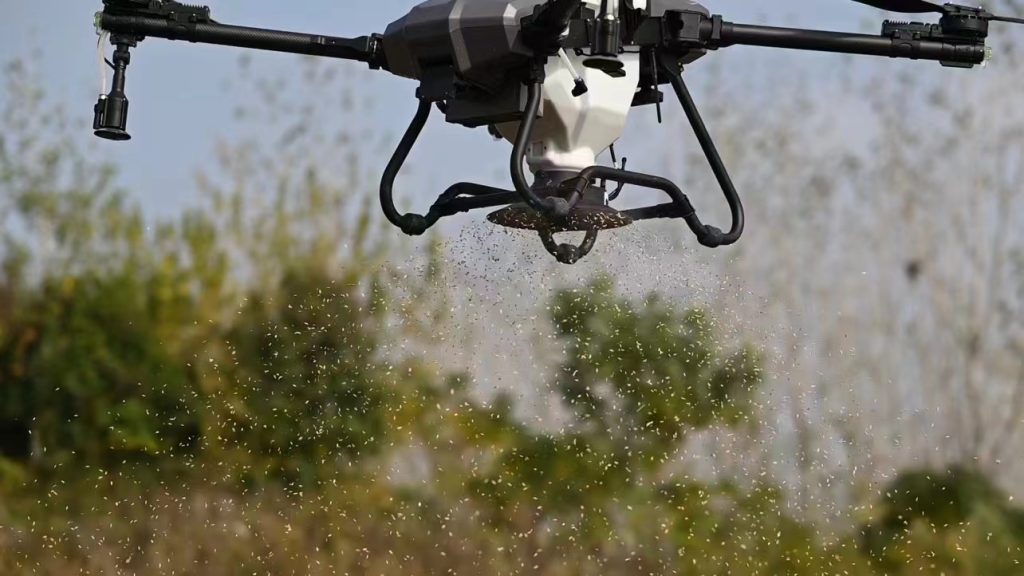
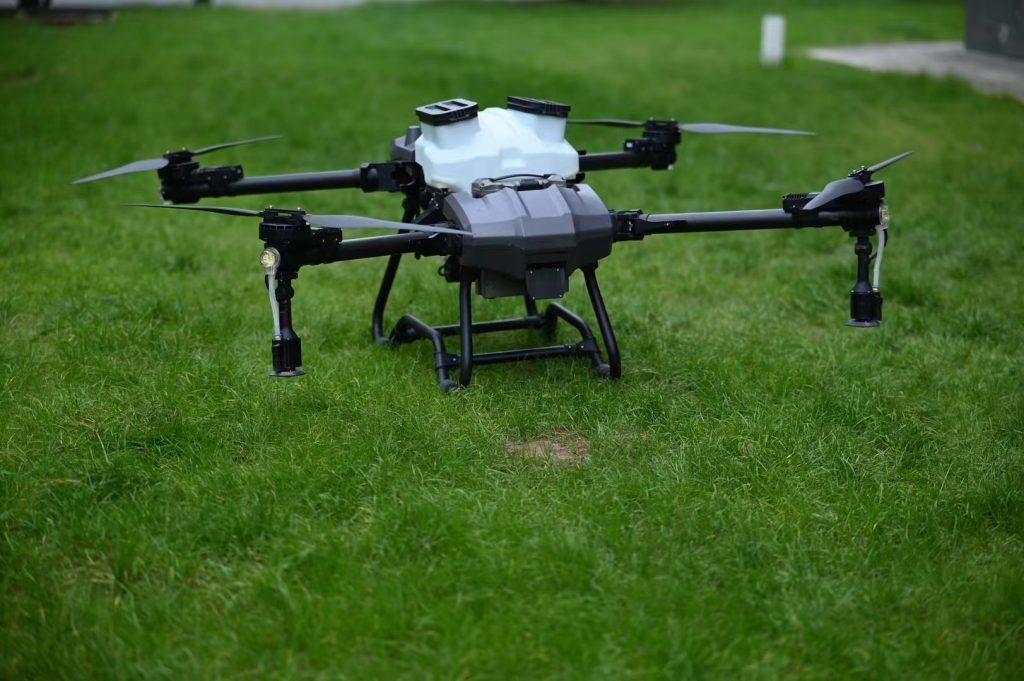
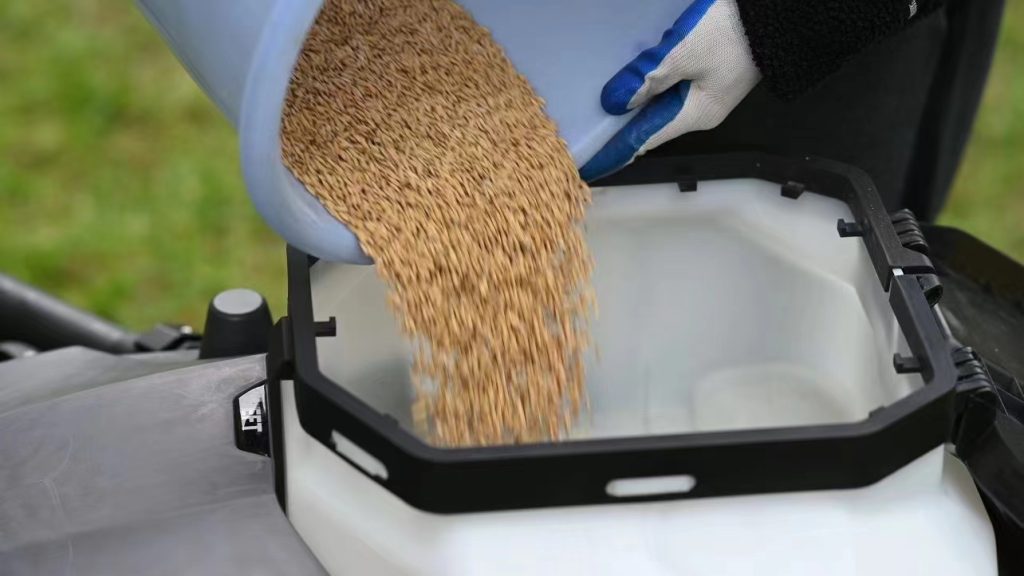
As global agriculture faces increasing pressure to produce more food with fewer resources, farmers are turning to technology for smarter solutions. At the forefront of this transformation is the smart farming drone — a powerful tool designed to automate tasks, collect real-time data, and optimize farming operations with unmatched accuracy.
What is a Smart Farming Drone?
A smart farming drone is an intelligent unmanned aerial vehicle (UAV) equipped with advanced sensors, GPS navigation, AI flight control, and spraying or imaging systems. Unlike traditional drones, smart farming drones are purpose-built for agriculture and capable of performing a wide range of tasks, such as:
- Pesticide and fertilizer spraying
- Aerial crop monitoring and mapping
- Plant health analysis and early disease detection
- Precision application of agricultural inputs
These drones combine real-time decision-making with automation to enable precision farming across diverse agricultural environments.
Key Functions of Smart Agricultural Drones
| Function | Description |
|---|---|
| Spraying | Equipped with tanks and nozzles for pesticides, herbicides, and liquid fertilizers. Ideal for crops like rice, maize, vegetables, and orchards. |
| Aerial Imaging | High-resolution multispectral or RGB cameras capture crop health, identify nutrient deficiencies, and assess field conditions. |
| Terrain Mapping | 3D topographic models generated for planting layout and irrigation planning. |
| Real-Time Monitoring | Live flight feedback and data analytics via mobile apps or web dashboards. |
Benefits of Using Smart Farming Drones
✅ 1. Precision Agriculture
Smart drones use GPS/RTK navigation, terrain following, and variable-rate control to apply chemicals or gather data with pinpoint accuracy—minimizing waste and maximizing yield.
✅ 2. Time & Labor Efficiency
A single drone can cover tens of hectares in a few hours, dramatically reducing the need for manual spraying or field scouting.
✅ 3. Improved Crop Health
With real-time monitoring and early warning capabilities, smart drones allow farmers to respond faster to pests, diseases, and nutrient deficiencies.
✅ 4. Safer Operations
Drones reduce human exposure to harmful chemicals and operate safely in flooded fields, steep slopes, or restricted-access areas.
✅ 5. Data-Driven Decisions
Collected data helps optimize spraying schedules, reduce chemical inputs, and increase long-term profitability.
Sample Technical Features
| Specification | Details |
|---|---|
| Tank Capacity | 10L–30L for spraying models |
| Imaging Sensors | RGB / NDVI / Multispectral |
| Battery Life | 15–30 minutes per charge |
| Control System | GPS+RTK with mobile/tablet interface |
| Obstacle Avoidance | Multi-directional sensors |
| Terrain Following | Radar/LiDAR adaptive control |
Real-World Applications
- Smart rice farming in Southeast Asia using automated pesticide and fertilizer drones
- Vineyard monitoring in hilly terrain using aerial NDVI imaging
- Organic farms using spot-spray drones to minimize chemical use
- Large plantations in Africa or Latin America using drones for field mapping and pest control
The Future of Smart Agriculture
Smart farming drones are becoming part of a broader ecosystem that includes:
- IoT sensors on the ground
- AI-powered farm management platforms
- Satellite and drone image fusion for precision diagnostics
As 5G and cloud computing evolve, drones will be able to make autonomous decisions in the field—spraying, recording, and reporting—all without human intervention.
Conclusion
Smart farming drones are not just tools—they are intelligent partners in modern agriculture. By combining automation, real-time data, and precision spraying, these drones help farmers boost productivity, lower costs, and build a more sustainable future. As agriculture becomes more data-driven and high-tech, smart drones will lead the way to smarter, greener farms.

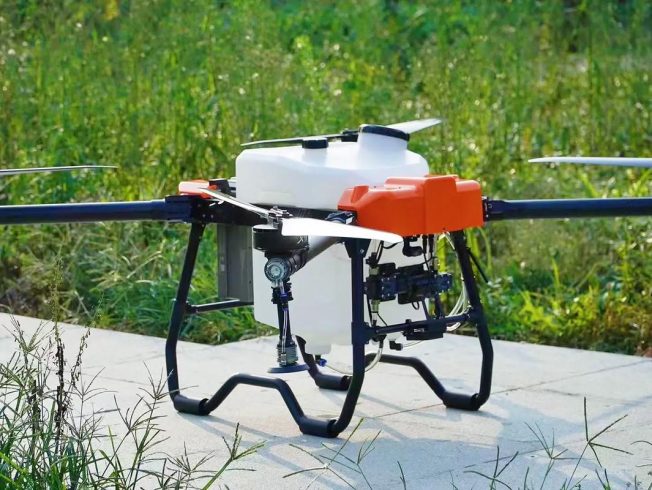
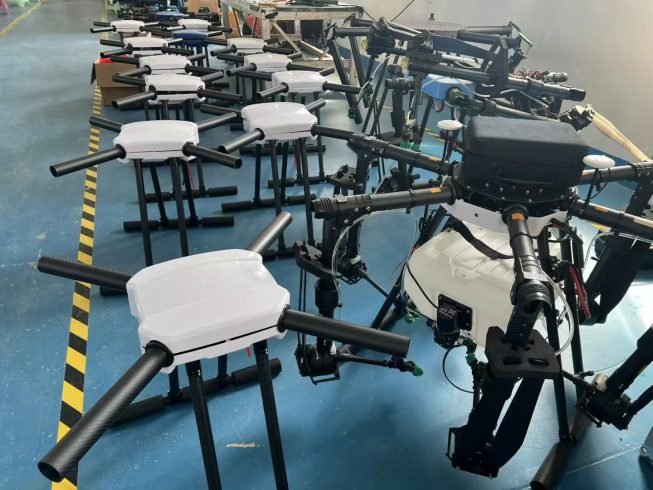
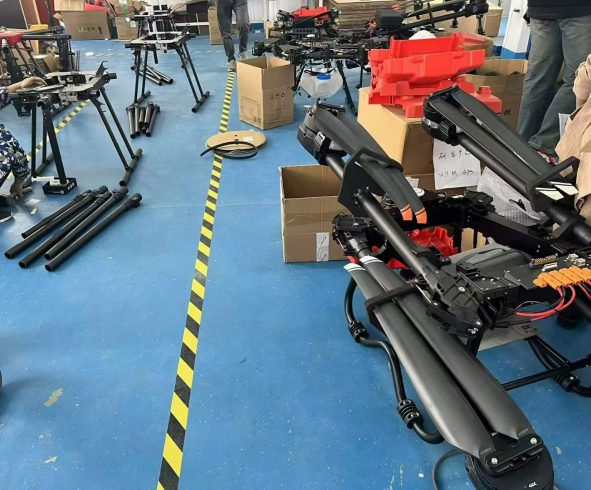
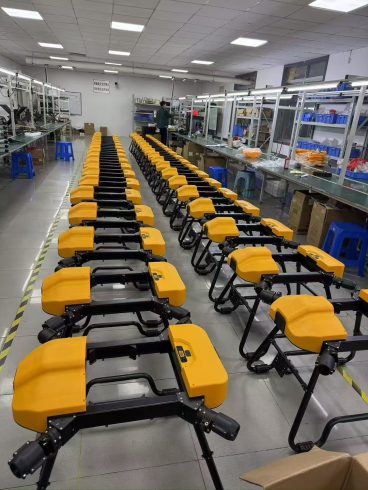

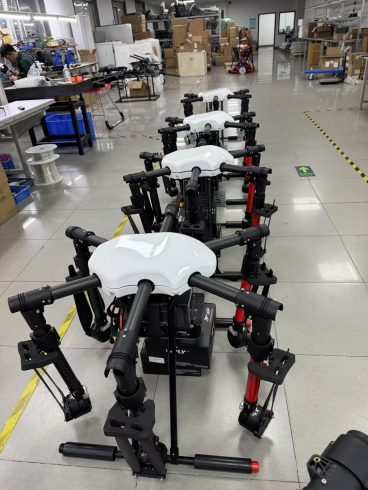
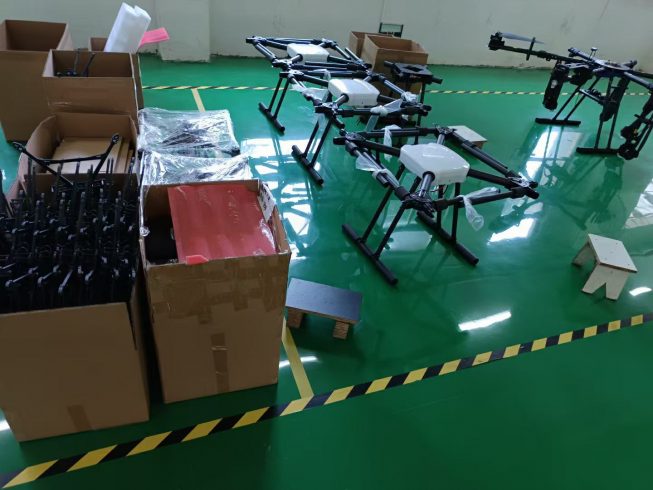
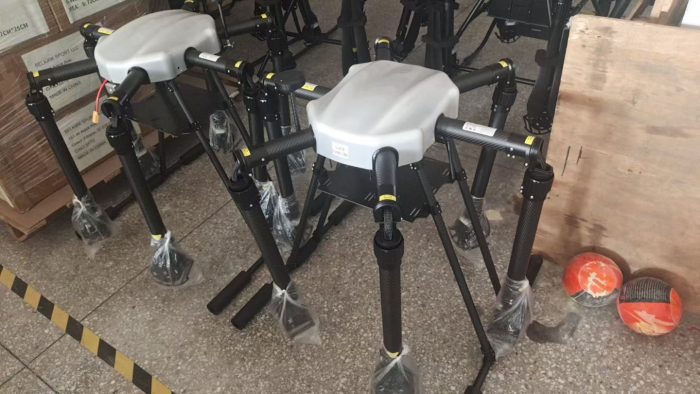
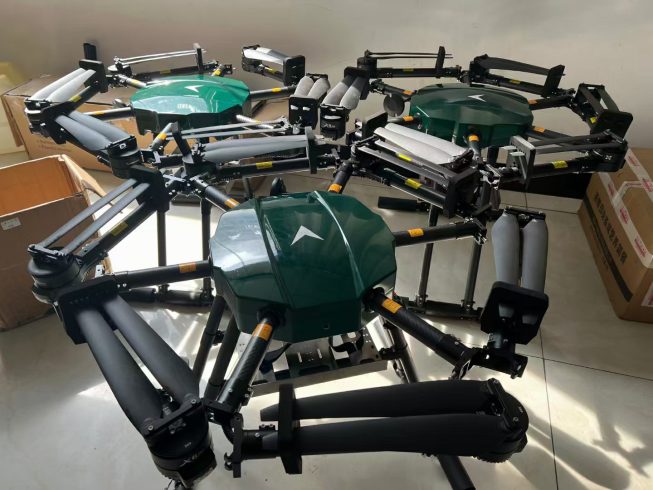
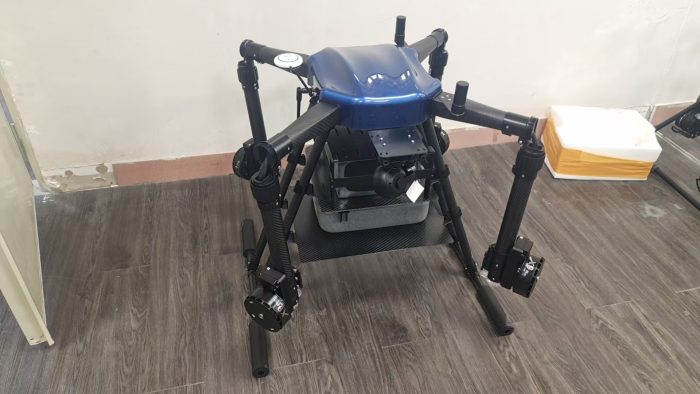
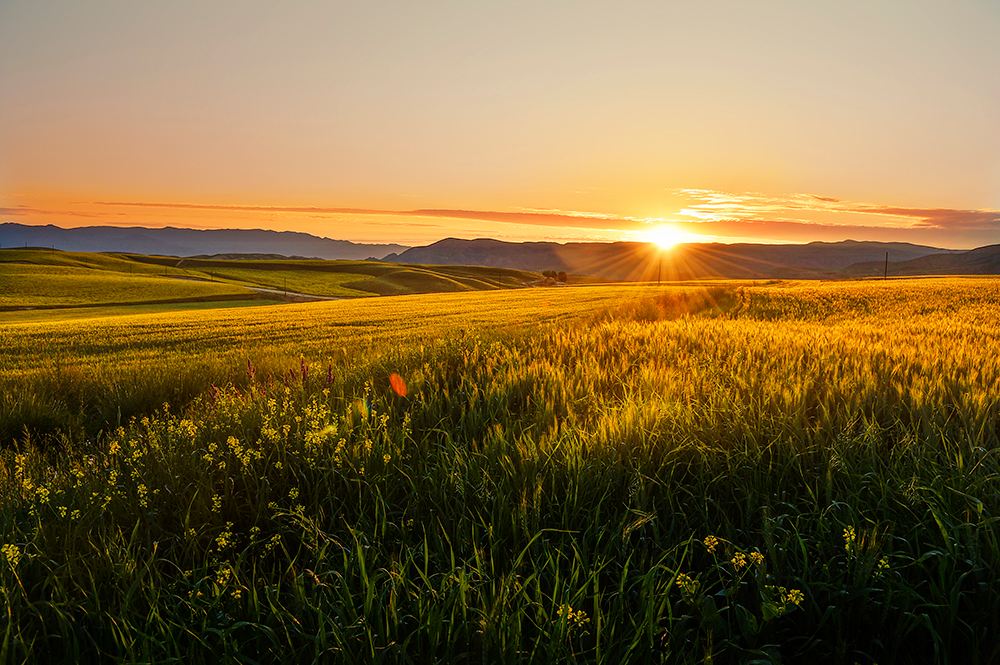
暂无评论内容